150 Years of Brockville History – 1892-1916
150 Years of History – 1892-1916
In honour of Canada150, the Brockville Museum will be starting a special project. For the 150 days leading up to Canada Day (beginning February 1st), we will post to Facebook something that happened in the Brockville area every year from 1867-2017. These posts will include excerpts from the newspapers, photographs and artifacts from the Brockville Museum’s collection. After they have been posted to Facebook, we will add them to this site in 25-year increments.
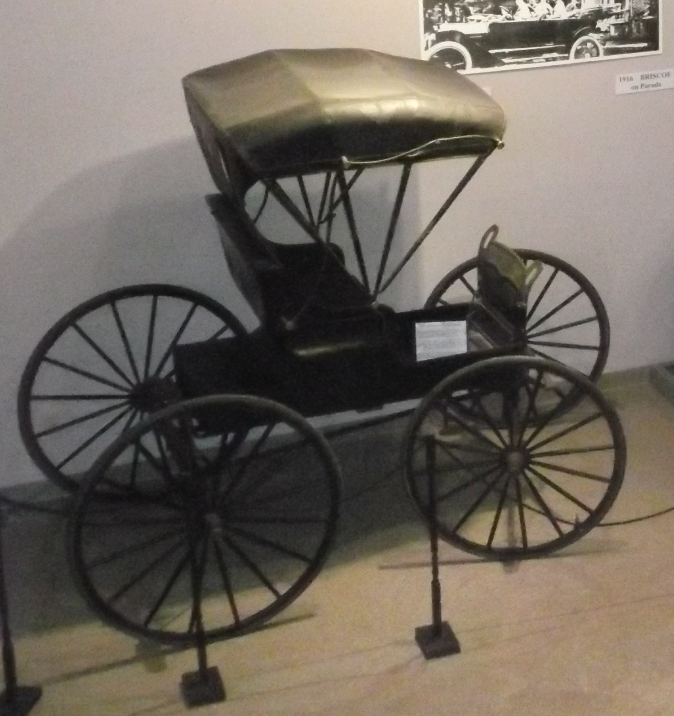
Day 26 - 1892
The CCC became one of the largest carriage-works in the country; at one point producing around 40 buggy styles and 15 cutters/sleighs. Tragedy struck in 1905 when the factory was lost to a fire. But they rebuilt and by 1906 they employed 400 people.
Buggy on display at the museum.

Day 27 - 1893
Shared here is a view of the Court House from a post card (circa 1906).

Day 28 - 1894
The site has changed names, ownership and mandates over the years, but remains best known as the “Brockville Psychiatric Hospital” (so named in 1969). Many different organisations now call the sprawling site home and the future of the site is often covered in the local news.
Image is a colour post card of the facility.

Day 30 - 1896
“[Brockville’s] location on the St. Lawrence, at the foot of the Thousand Islands, its possession of modern up-to-date improvements including waterworks, sewers, electric fire alarm system etc. speak sufficiently of its desirability as a place of residence. ”
Photo of sewer construction at the waterworks (c1962).

Day 31 - 1897
The international ferry that ran to Morristown also docked at the Wharf. Local hotels would offer carriage services to pick people up at the wharf and bring them to the hotels – sometimes only a couple blocks away!

Day 32 - 1898
In fact there was so much interest, the Steamer Brockville ran a special trip there on September 23rd, 1898.
Pictured here is a stereoscopic image identified as ‘St. Lawrence Canal Cardinal’ (date unrecorded)

Day 33 - 1899
George T. Fulford had been a pharmacist when he bought a formula from a Dr. Jackson. That formula would be turned into ‘Dr. William’s Pink Pills for Pale People’- a patent medicine that Fulford successfully sold world-wide. Much of the success of the ‘Pink Pills’ was due to the massive advertising campaign, famous for its testimonials.
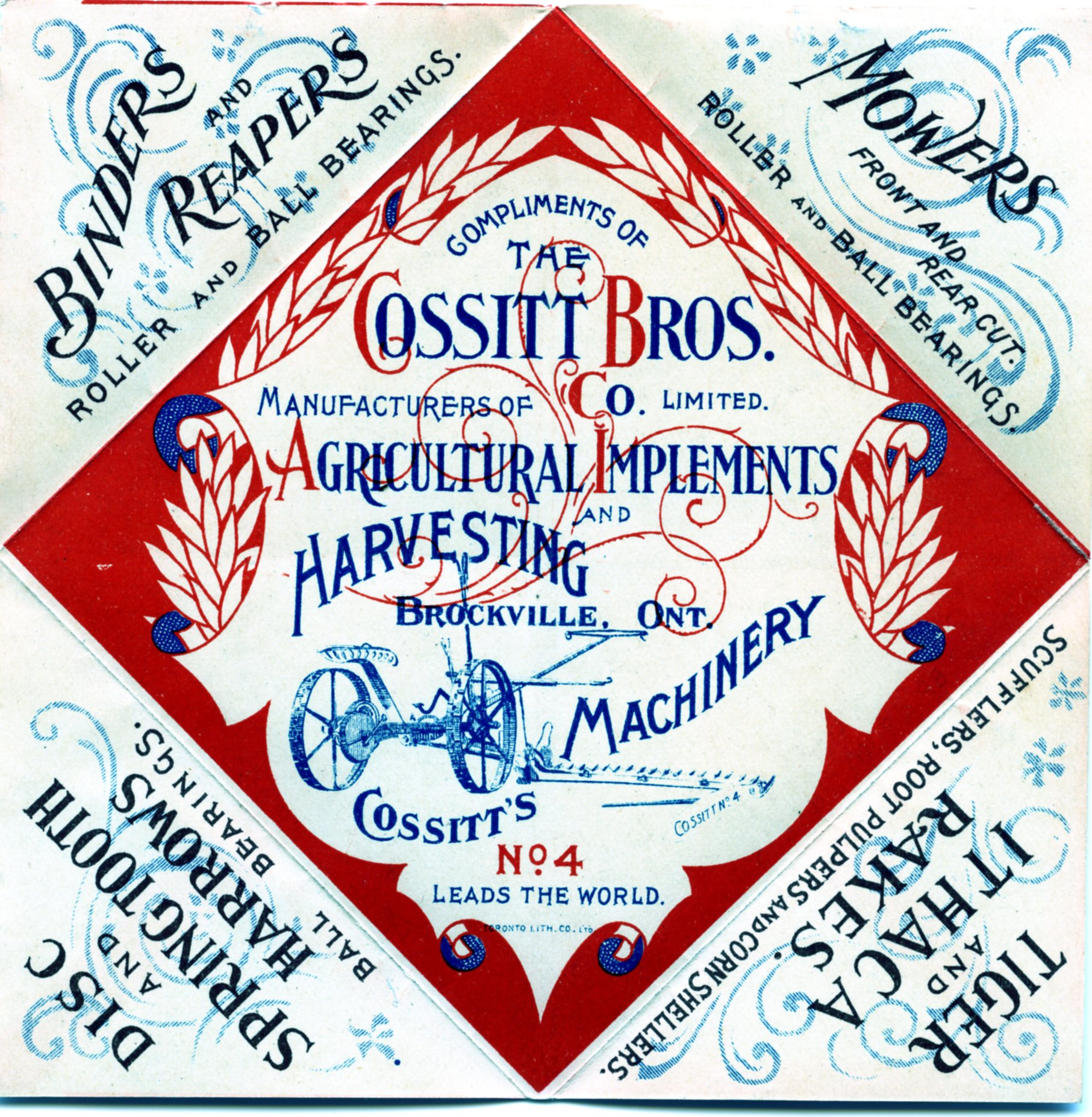
Day 34 - 1900
On July 1st, 1900 a huge fire destroyed the factory. Portions of the factory were rebuilt, but the factory closed for good in 1906.
Pictured is an advertisement c.1900.

Day 35 - 1901
There have been many other royal visitors to Brockville over the years; unfortunately, the Brockville Museum does not have any photos of the 1901 visit. Pictured is a window display commemorating the passing of George V in 1936.
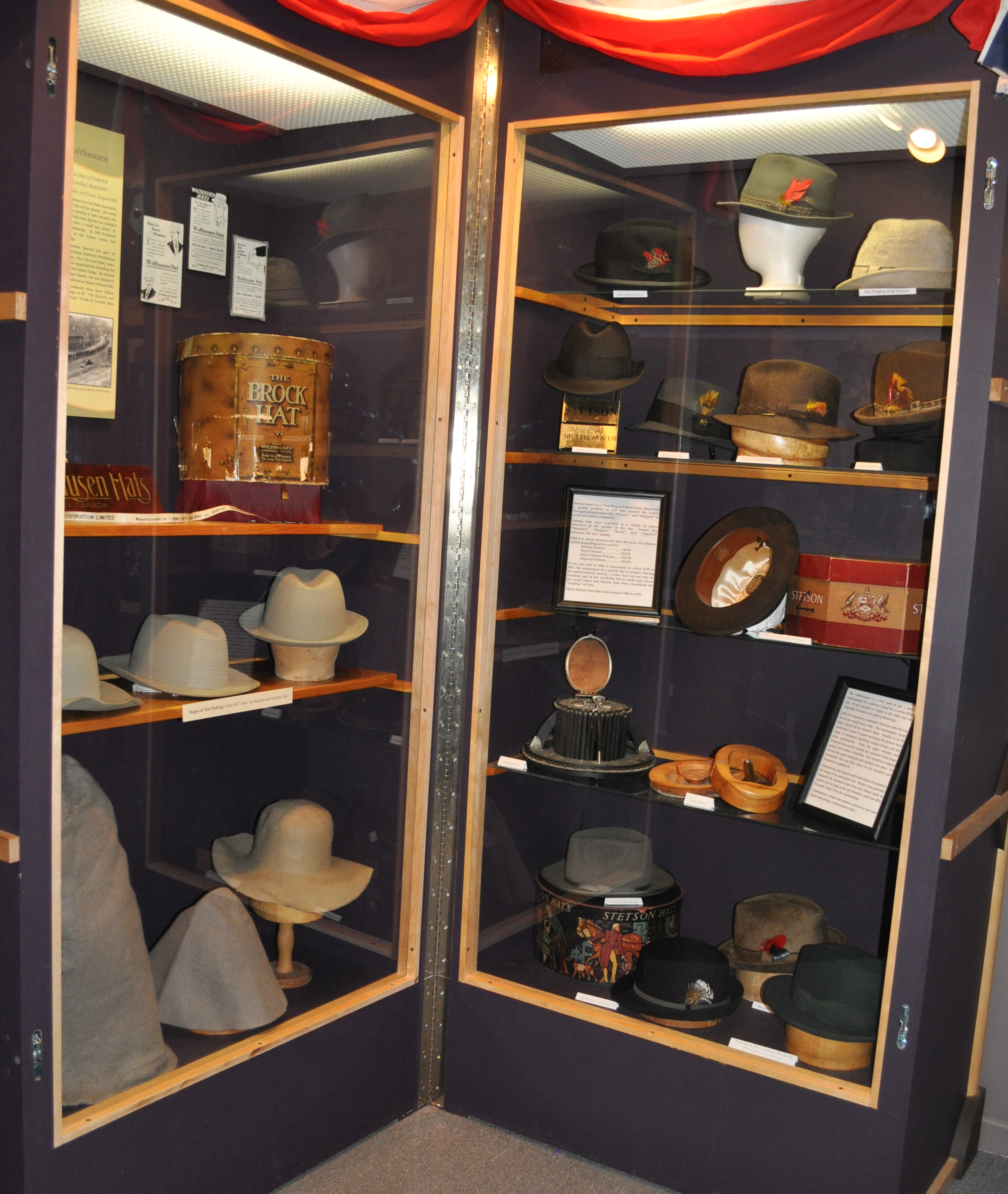
Day 36 - 1902
In 1904 the company was bought by Wolthausen Hat Corporation. The plant was enlarged and modernized. In 1935, the company was sold to J.B. Stetson (Canada) Co.
Pictured is a selection of hats (made in Brockville) currently on display at the Brockville Museum.
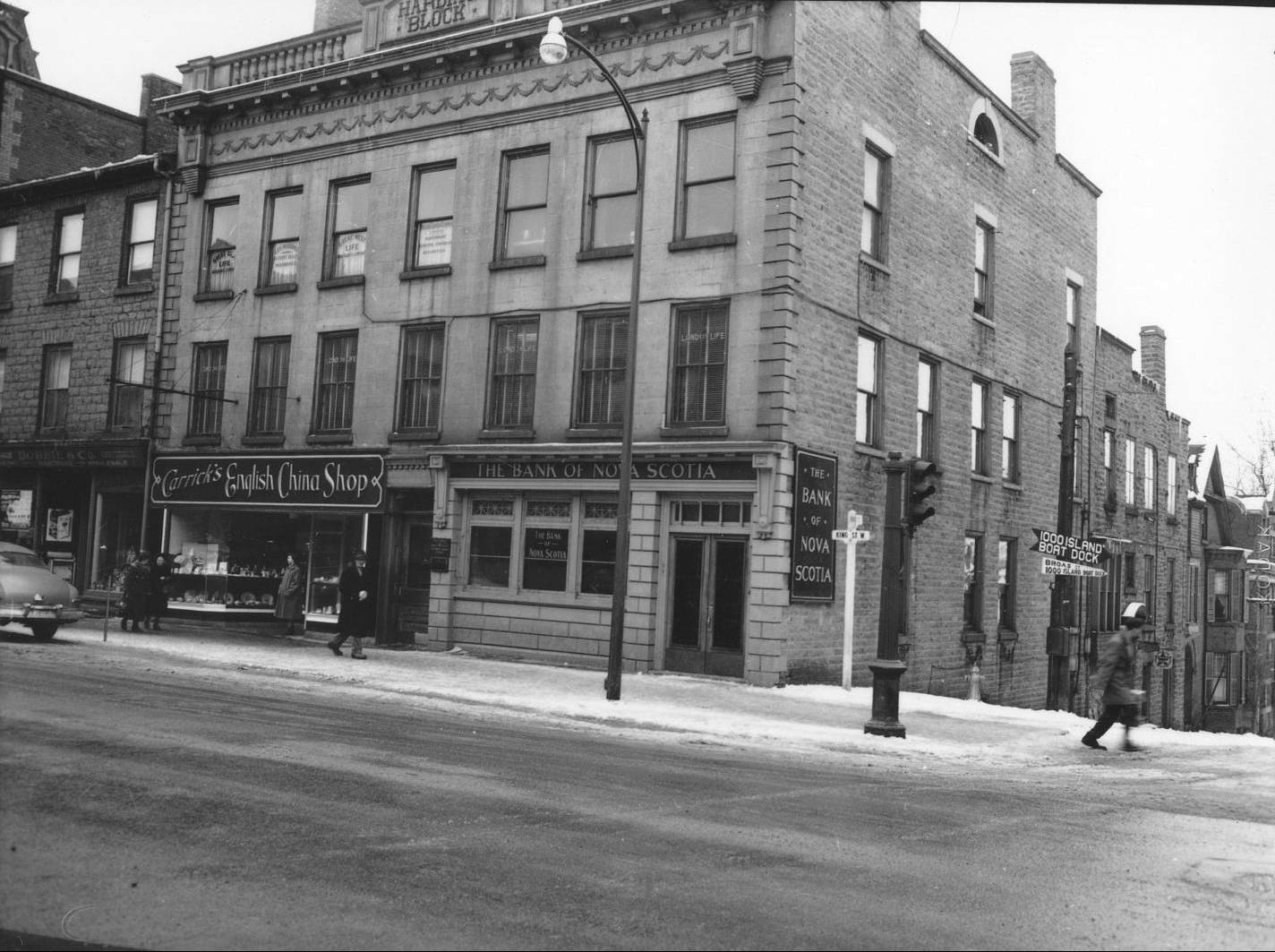
Day 37 - 1903
Pictured is a photo of the bank on the corner of Broad and King as captured by professional photographer George Eland (date unrecorded).
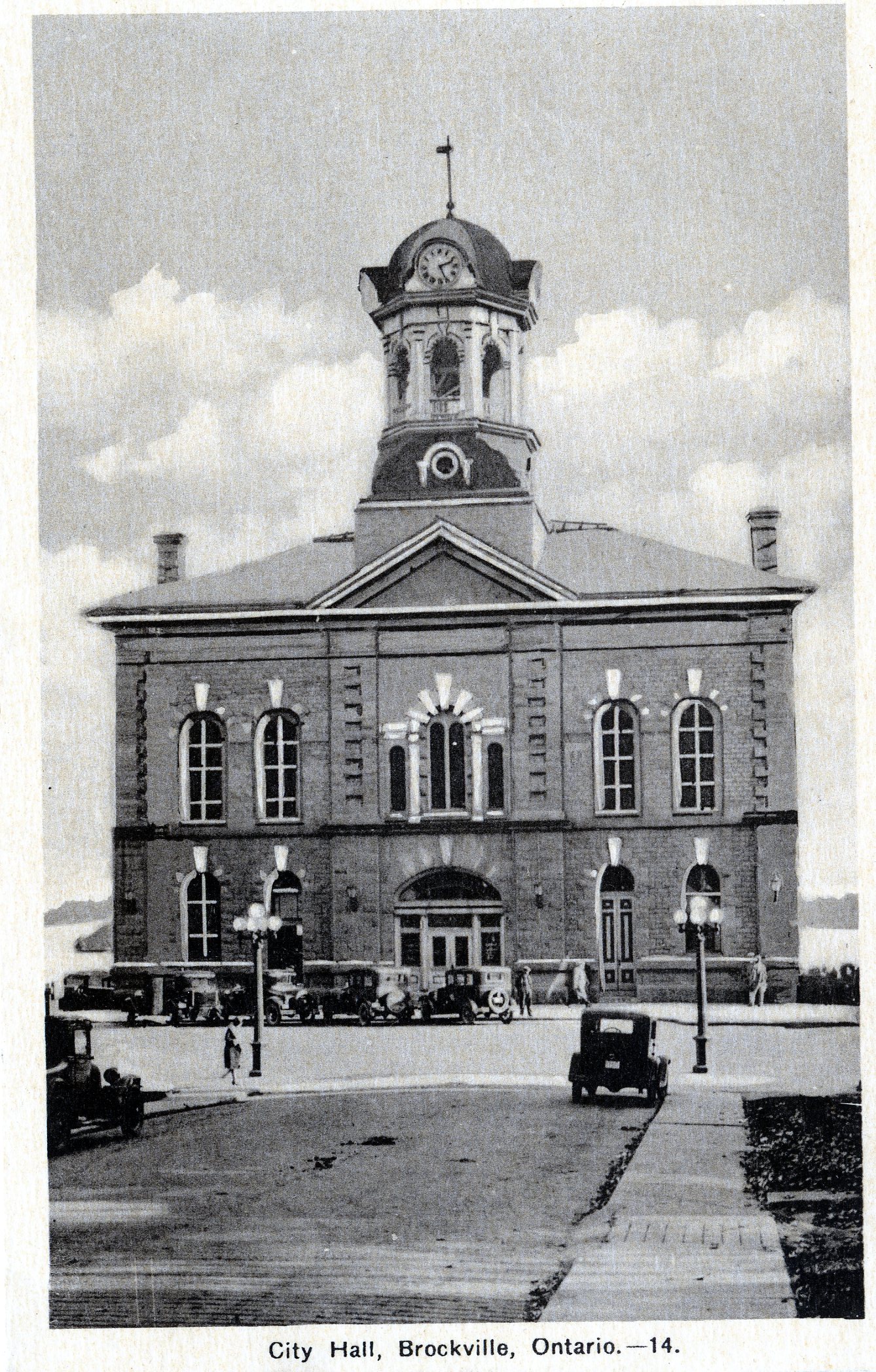
Day 38 - 1904
Victoria Hall also received new tenants in 1904: the police department.
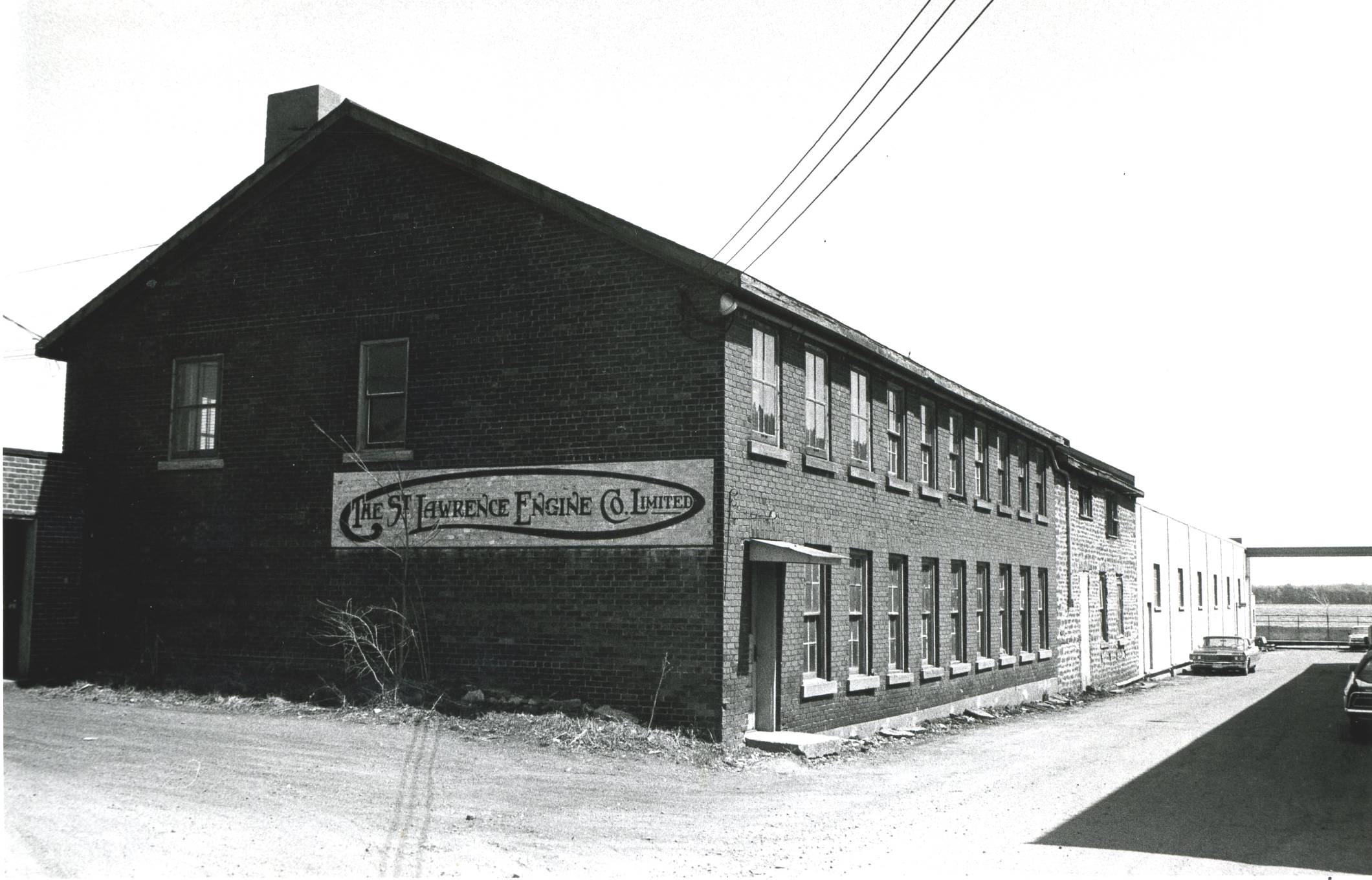
Day 39 - 1905
By the 1980s, the business changed hands and stopped manufacturing engines. Instead, boats and outboard motors were sold. The property was sold one final time before the buildings were demolished to make room for waterfront development.
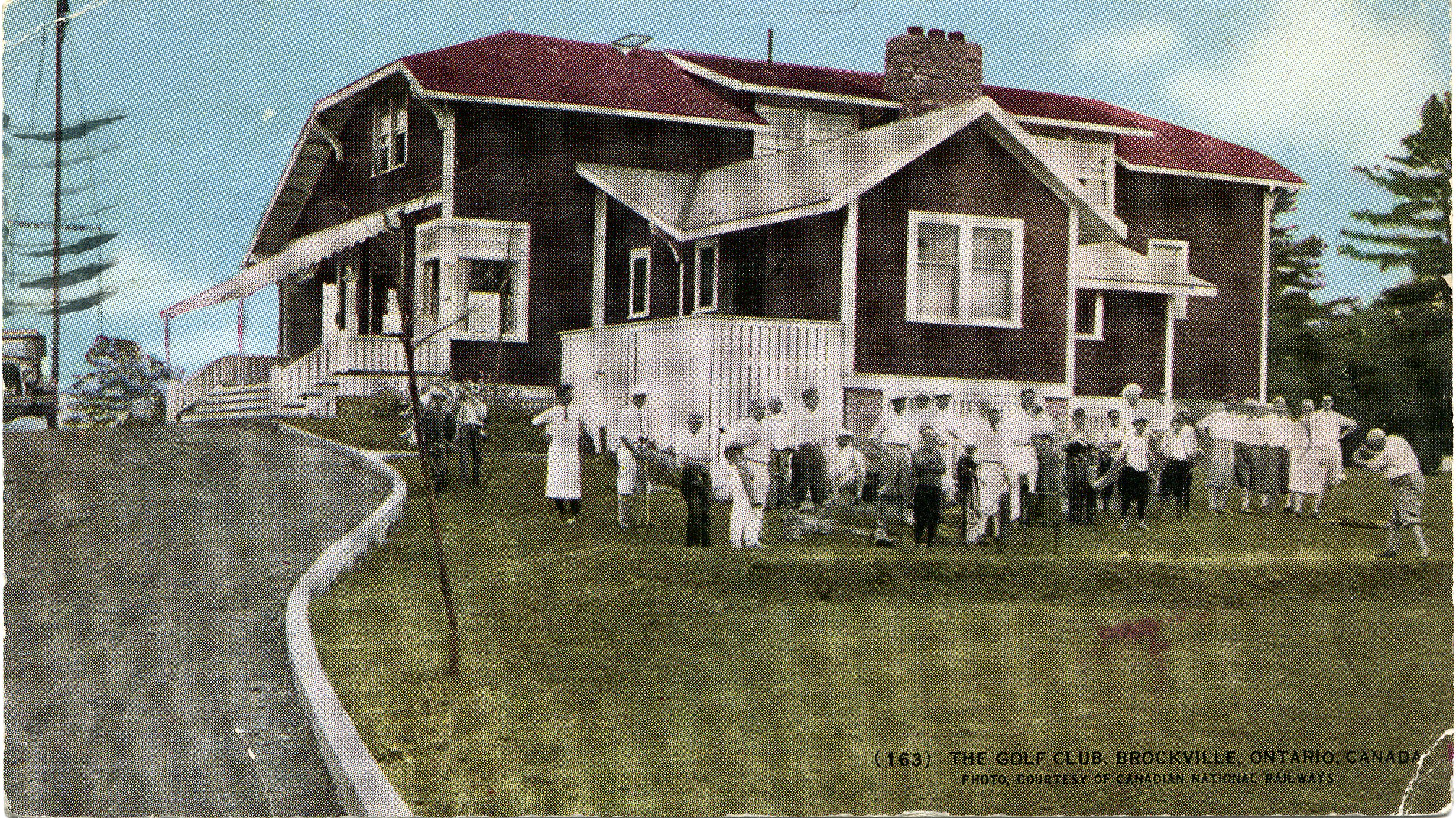
Day 40 - 1906
The present clubhouse (on the north side of County Road 2) was built in 1976.
Pictured is a post card of the Country Club (circa 1935).

Day 41 - 1907

Day 42 - 1908
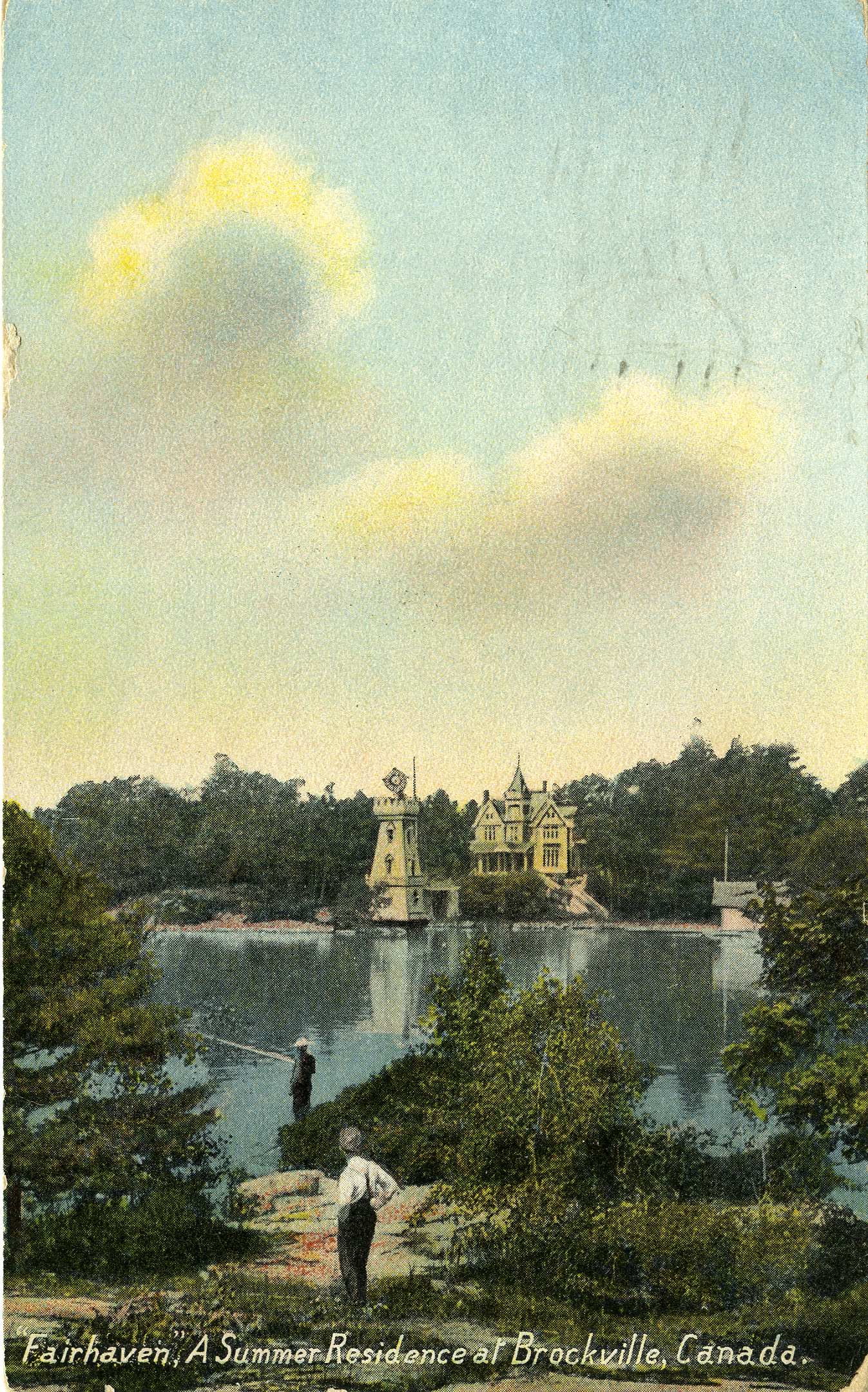
Day 43 - 1909
The estate included what a windmill, shaped like a lighthouse, that was used to pump water to the house. It was connected to the mainland by a suspended bridge.
Fair Haven was torn down in 1965.
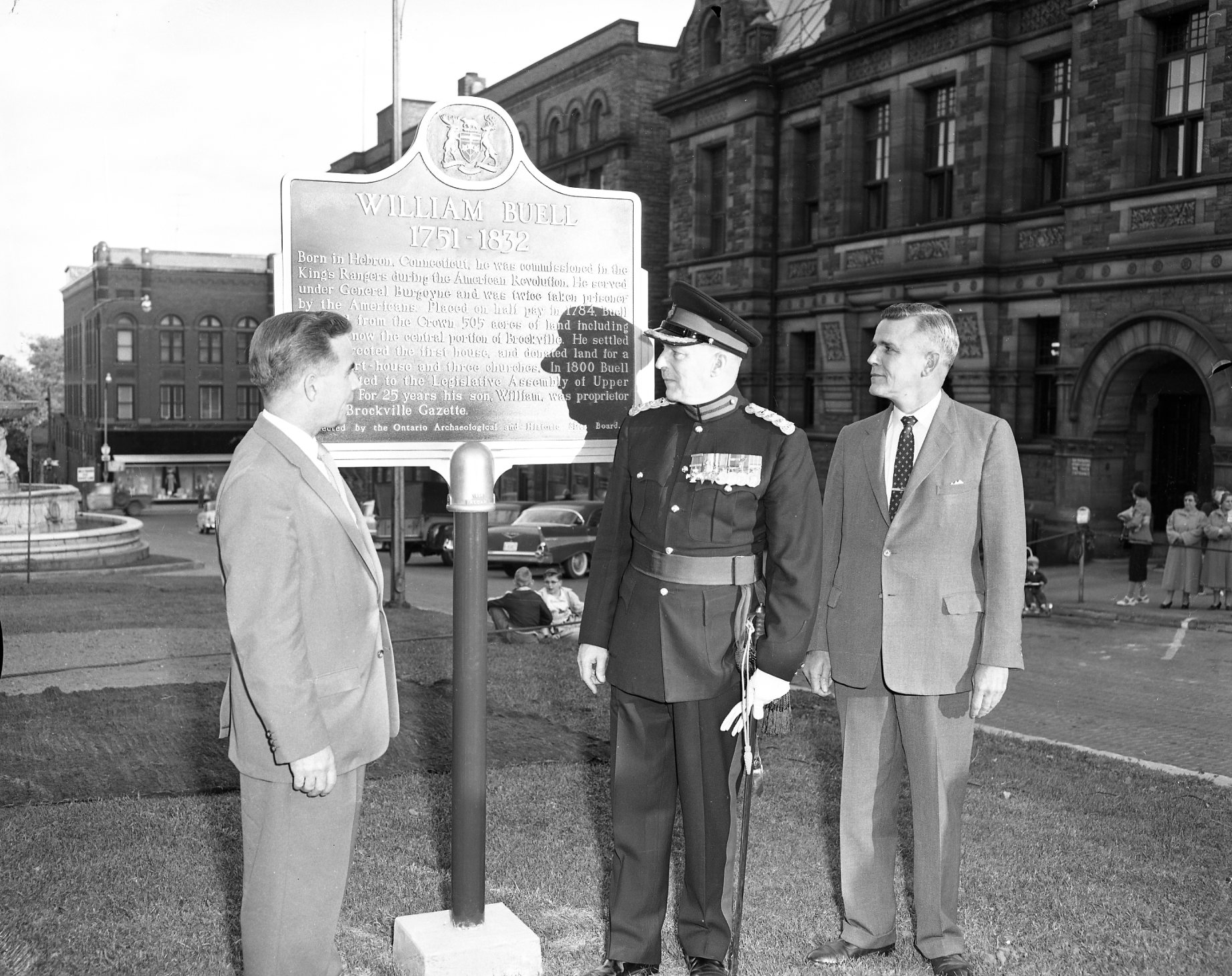
Day 44 - 1910
Pictured is the group unveiling the William Buell Plaque in 1956.
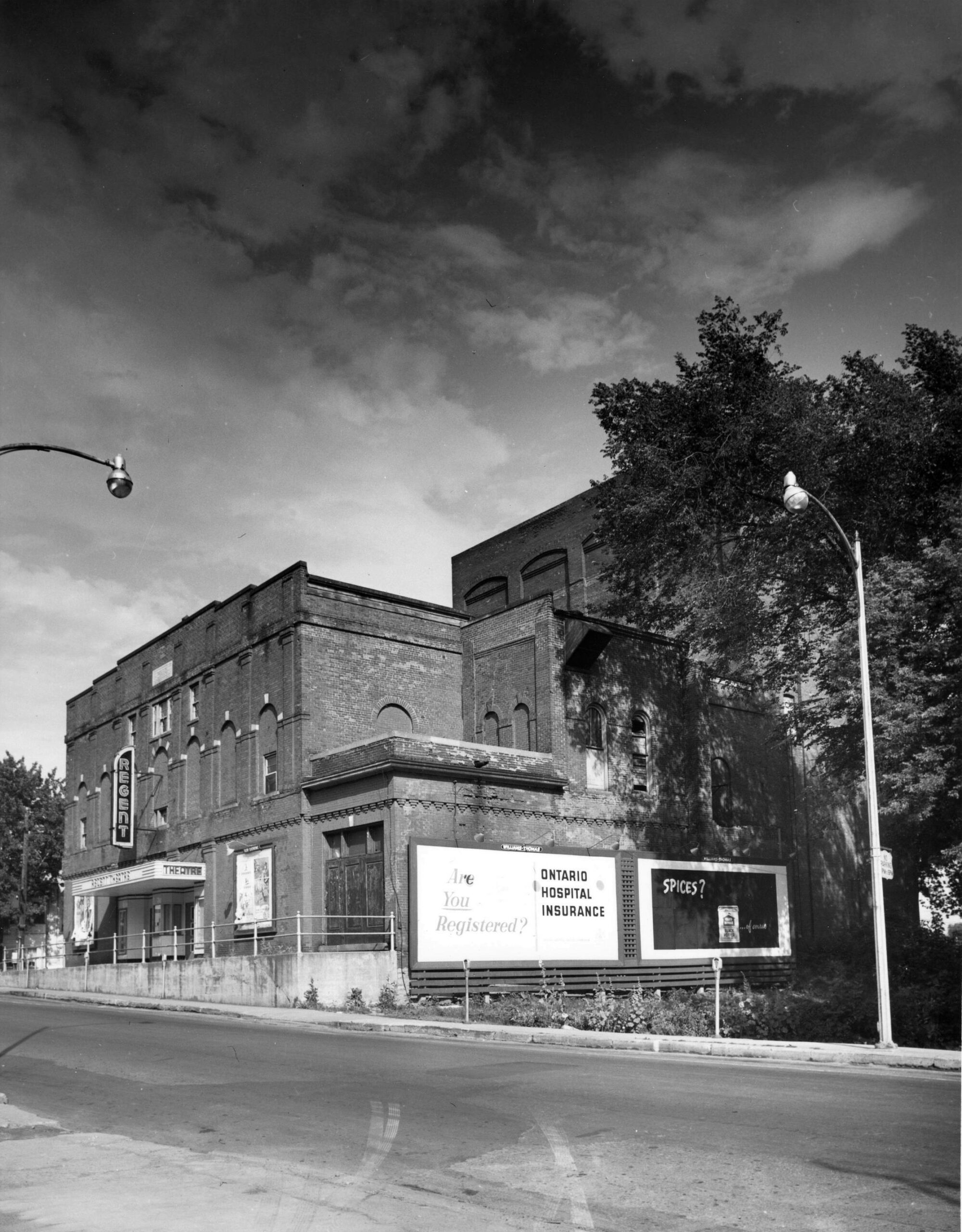
Day 45 - 1911
In 1858 the building housed a market, town hall and fire station. In 1880, it became the Opera House. In 1937 it was damaged by arson. After it was rebuilt, it reopened as the Regent Theatre and began showing movies. The doors were closed in 1958 and reopened in 1960 as Brockville’s Civic Auditorium. It became the Arts Centre in 1990.
Pictured: Regent Theatre

Day 46 - 1912

Day 47 - 1913
In 1913 the theatre moved to its new home on the southwest corner of Home and King Streets. The lot had been the site of the Strathcona Hotel that was destroyed by fire in 1911. At opening, the new Brock Theatre could seat 1000 people. In 1928, its name was changed to the Capitol Theatre with a huge sign spelling out ‘CAPITOL’ in electric lights. The building was demolished in 1987.
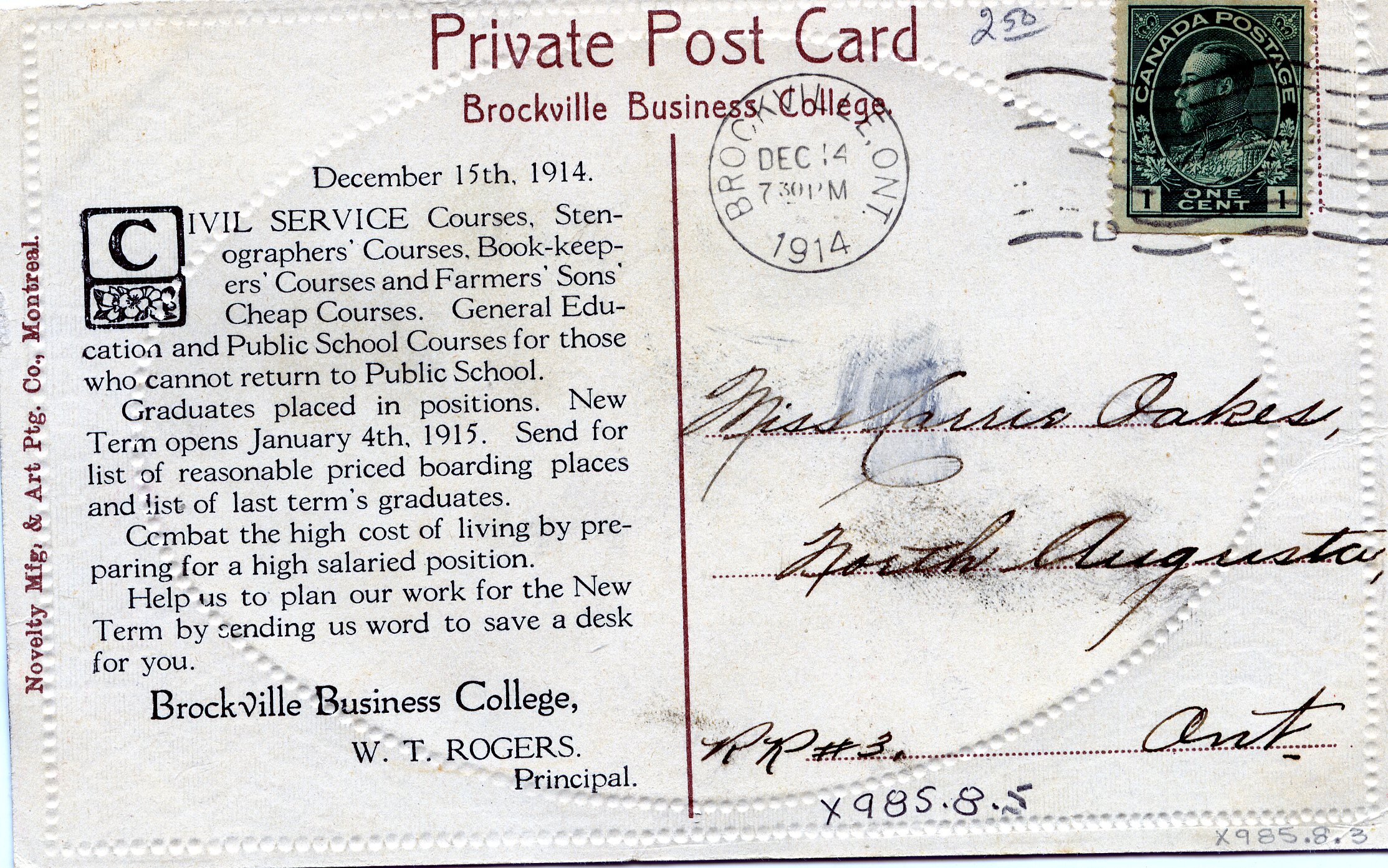
Day 48 - 1914
Pictured is a post card likely sent to a prospective student in 1914.
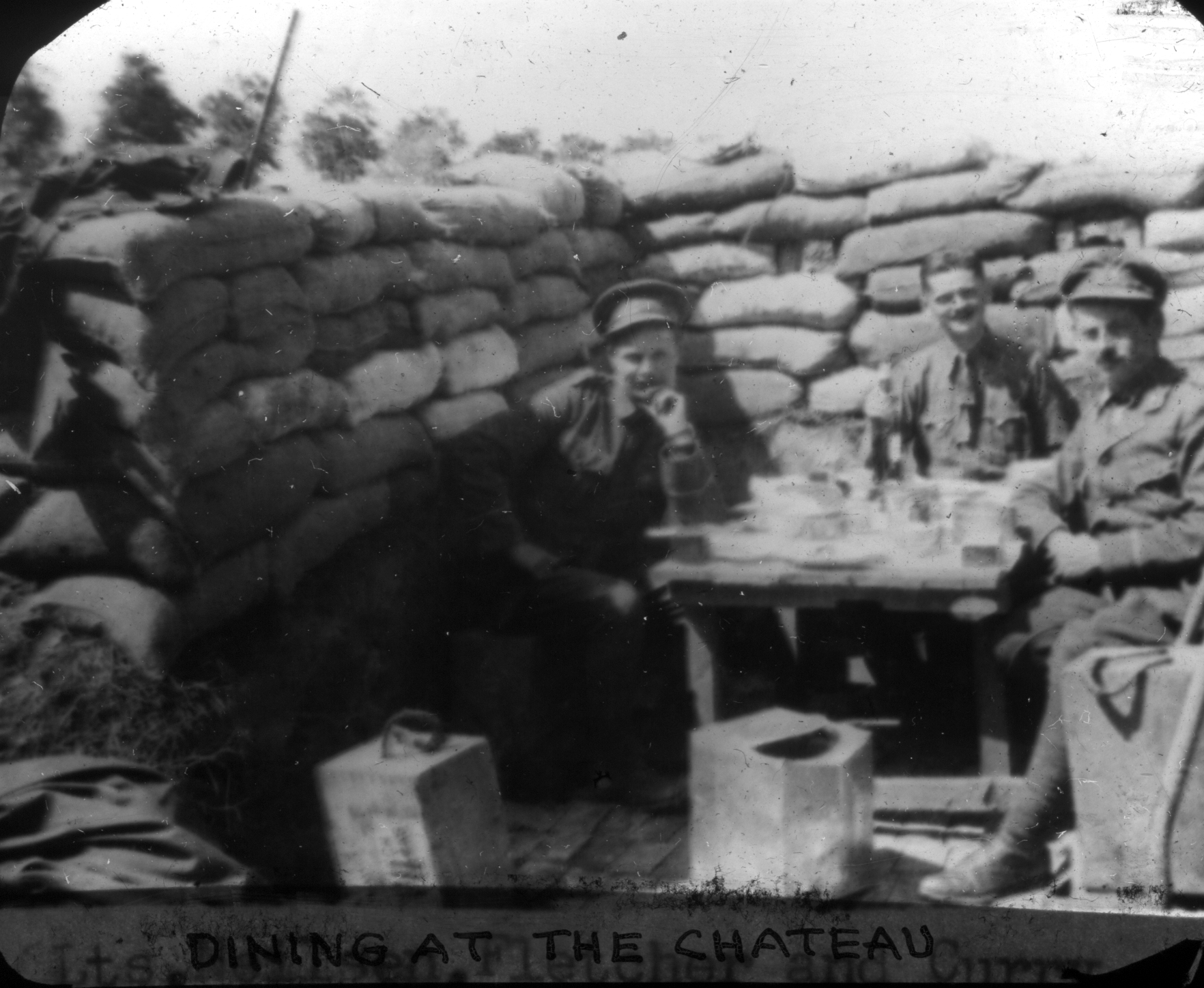
Day 49 - 1915
As an officer at the beginning of the war, Curry was granted special permission to bring his camera to the front. These photographs were made into plate glass slides that he used after the war to illustrate his many talks on the subject.
Pictured is one of Curry’s plate glass slides from the front, dated 1915.

Day 50 - 1916
In 1904, Nelson Gilbert opened a boat works on Jessie Street. Despite a devastating fire in 1923, the business continued. Nelson’s sons Fred R. and Merril ran it for a time. The third generation to run the business is Fred N. Gilbert. Now known as Gilbert Marine Ltd., they rent and sell boats of all types.
Pictured here is the 1916 post card sent by F.R. Gilbert.
